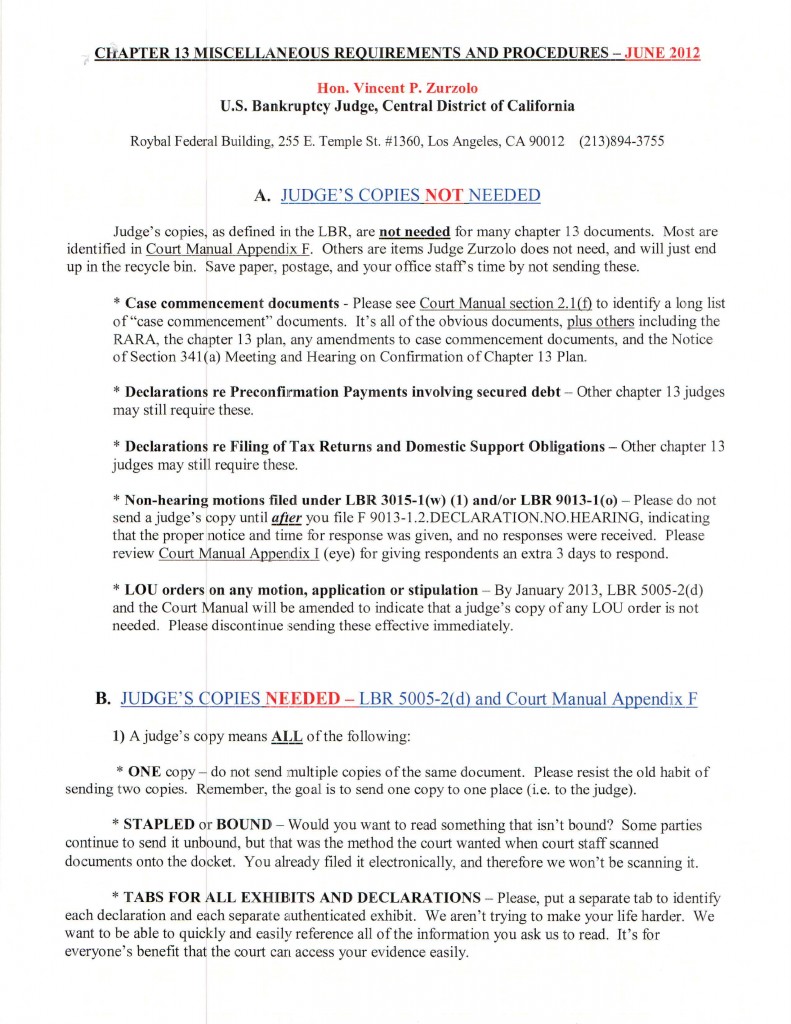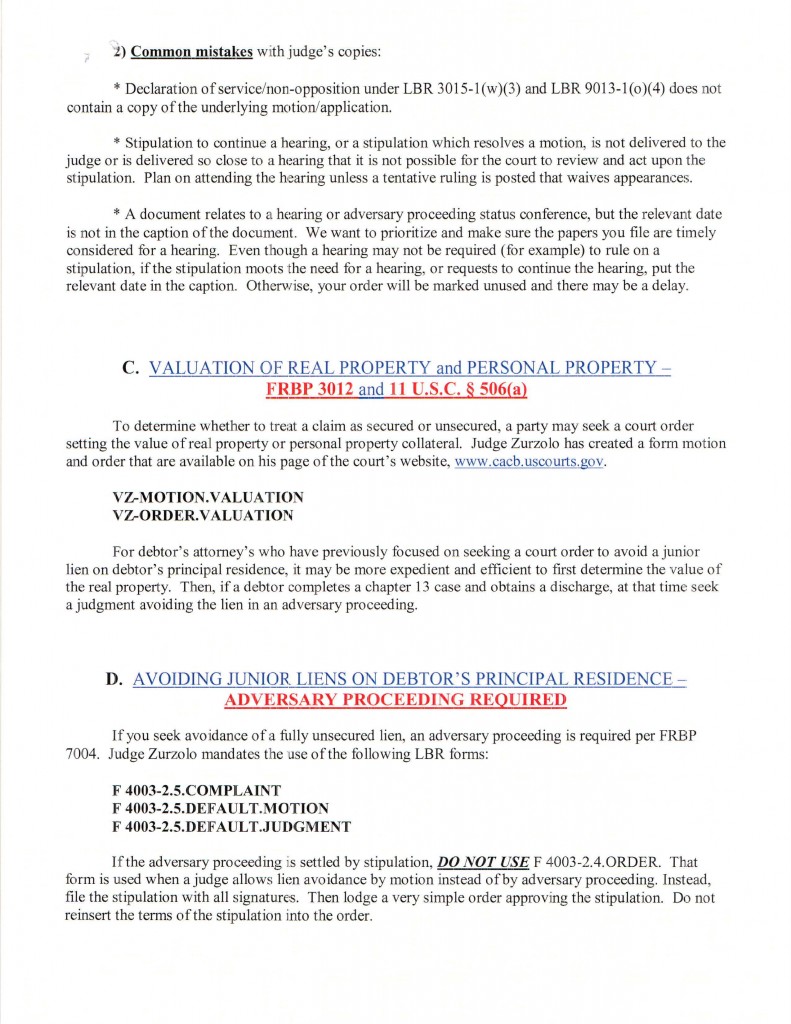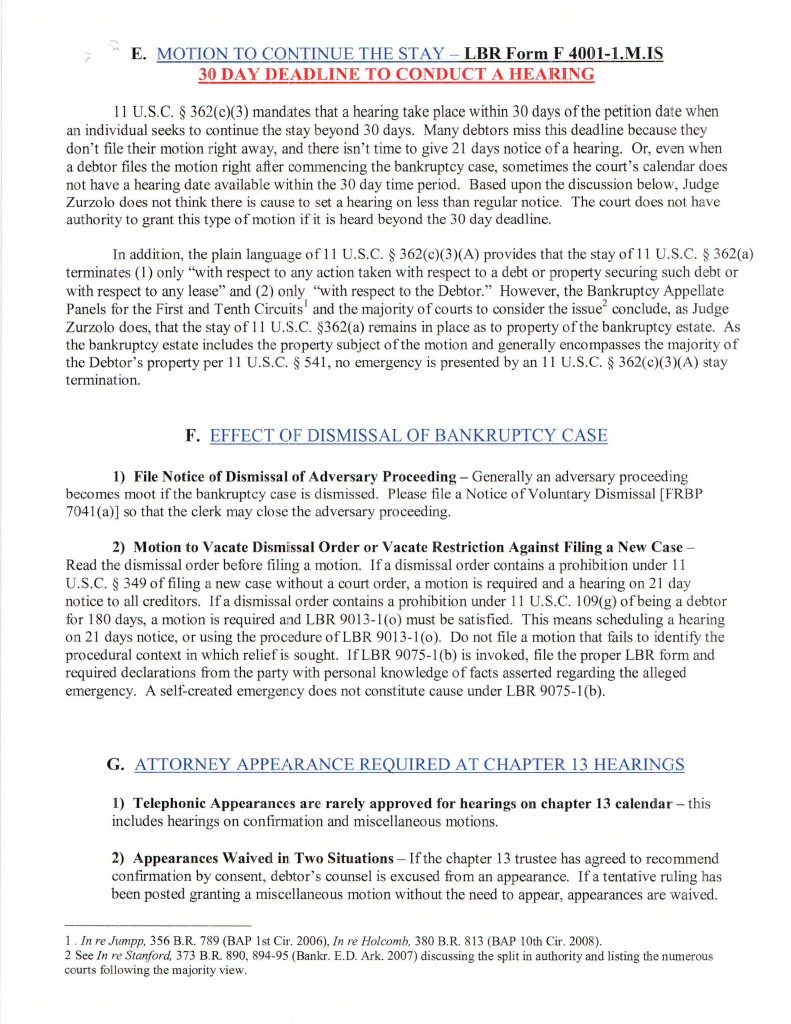To contact the reporter on this story: Kathleen M. Howley in Boston at kmhowley@bloomberg.net.
To contact the editor responsible for this story: Rob Urban at robprag@bloomberg.net.
Luke Nichter of Harker Heights, Texas, said he’s not a renter by choice. The Texas A&M University history professor’s $125,000 of student debt means he has no hope of getting a mortgage.
Nichter, 35, who’s paying $1,500 a month on loans for degrees from Bowling Green State University in Ohio, is part of the most debt-laden generation to emerge from college. Two- thirds of student loans are held by people under the age of 40, according to the Federal Reserve Bank of New York, blocking millions of them from taking advantage of the most affordable housing market on record. The number of people in that age group who own homes fell by 4.6 percent in the fourth quarter from the third, the biggest drop in records dating to 1982.
“Student debt has a dramatic impact on the ability to buy a house, and to buy the dishwashers and the lawnmowers and all the other purchases that stem from that,” said Diane Swonk, chief economist of Mesirow Financial. “It has a ripple effect throughout the economy.”
The issue is being exacerbated by an explosion in the $150 billion private market for student debt with interest rates for some existing loans surpassing 12 percent. Unlike mortgage holders, borrowers have little hope of refinancing at lower rates. Interest on some new federal loans is set to double to 6.8 percent in July if Congress doesn’t extend the current rate, as they did last year.








